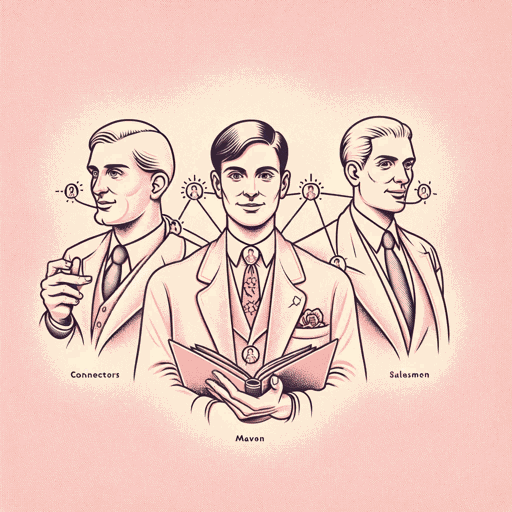40 pages • 1 hour read
Malcolm GladwellThe Bomber Mafia: A Dream, a Temptation, and the Longest Night of the Second World War
Nonfiction | Book | Adult | Published in 2021A modern alternative to SparkNotes and CliffsNotes, SuperSummary offers high-quality Study Guides with detailed chapter summaries and analysis of major themes, characters, and more.
Important Quotes
“He said, I’m replacing you with Curtis LeMay. General Curtis Emerson LeMay, thirty-eight years of age, hero of the bombing campaigns over Germany. One of the most storied airmen of his generation. Hansell knew him well. They had served together in Europe. And Hansell understood immediately that this was not a standard leadership reshuffle. This was a rebuke, an about-face. An admission by Washington that everything Hansell had been doing was now considered wrong. Because Curtis LeMay was Haywood Hansell’s antithesis.”
(Introduction, Page 7)
Gladwell both sets up the conflict and introduces the topic of the book in the Introduction. The two main characters are presented here, described as opposites with one replacing the other, which is seen as a rebuke. It’s a technique that piques the reader’s interest immediately because it raises questions. Gladwell heightens this further a couple of paragraphs down by saying that the replacement of Hansell by LeMay had consequences that are still felt today.
“There is something that has always puzzled me about technological revolutions. Some new idea or innovation comes along, and it is obvious to all that it will upend our world. The internet. Social media. In previous generations, it was the telephone and the automobile. There’s an expectation that because of this new invention, things will get better, more efficient, safer, richer, faster. Which they do, in some respects. But then things also, invariably, go sideways. […] How is it that, sometimes, for any number of unexpected and random reasons, technology slips away from its intended path?”
(Introduction, Pages 8-9)
Early on, Gladwell touches on one of the main themes of the book, Technology and Morality. He states that in many instances technology brings a promise of something better, only to go awry and be used for negative ends. He is interested in exploring how that happens and why. In this sense, the problem presented in the book is modern—and ongoing. The Bomber Mafia is a case study of an issue that has many applications.
“Airplanes made their first big appearance in World War I. I’m sure you’ve seen pictures of those early planes […] They resembled something that came in the mail to be assembled in a garage. The most famous of World War I fighter planes was the Sopwith Camel. (That’s the one that Snoopy flew in the old Peanuts comic strip.) It was a mess. ‘In the hands of a novice,’ the aviation writer Robert Jackson says, ‘it displayed vicious characteristics that could make it a killer.’ Meaning a killer of the pilot flying it, not the enemy under attack. But a new generation of pilots looked at these contraptions and said, Something like this can make all that deadly, wasteful, pointless conflict on the ground obsolete. What if we just fought wars from the air?”
(Part 1, Chapter 1, Pages 18-19)
This is an example of Gladwell’s writing style, which can be casual and conversational (addressing the reader) where appropriate. It’s also a summary of where the Bomber Mafia doctrine came from. Reminding readers just how new airplanes were during the time of World Word II, Gladwell emphasizes their novelty as a technology and sets up the premise that, as the Bomber Mafia envisioned things, this technology could be used for something good.
Related Titles
By Malcolm Gladwell

Blink: The Power of Thinking Without Thinking
Malcolm Gladwell

David and Goliath: Underdogs, Misfits, and the Art of Battling Giants
Malcolm Gladwell

Outliers
Malcolm Gladwell

Talking to Strangers: What We Should Know About the People We Don’t Know
Malcolm Gladwell

The Tipping Point: How Little Things Can Make a Big Difference
Malcolm Gladwell

What the Dog Saw: And Other Adventures
Malcolm Gladwell
Featured Collections
Canadian Literature
View Collection
Good & Evil
View Collection
Memorial Day Reads
View Collection
Military Reads
View Collection
Mortality & Death
View Collection
New York Times Best Sellers
View Collection
The Best of "Best Book" Lists
View Collection
War
View Collection
World War II
View Collection

